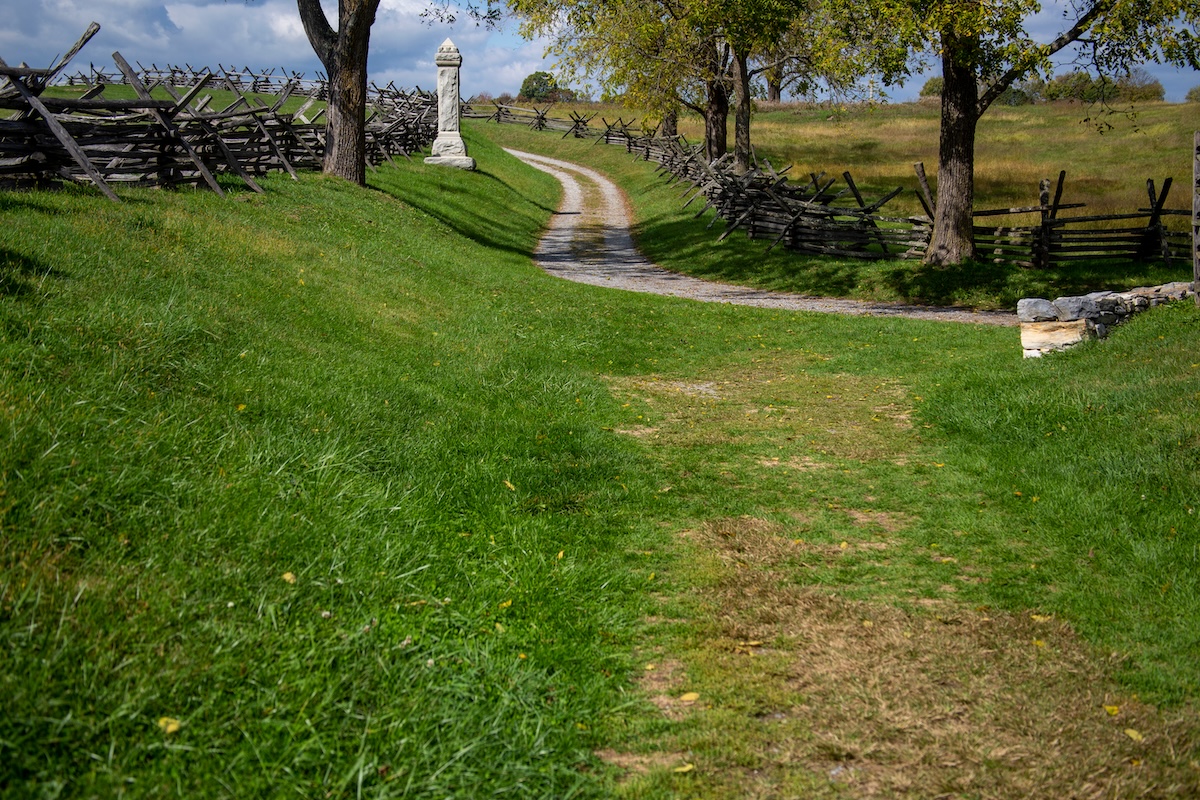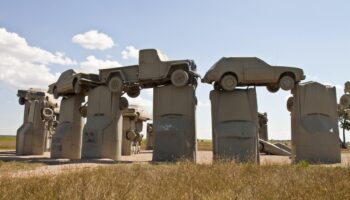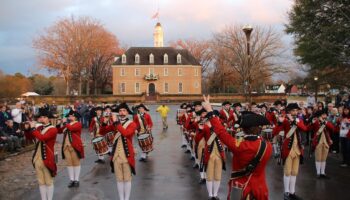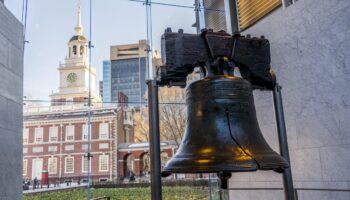The American Civil War, which lasted four years in the 1860s, was a conflict between the Union (northern states) and the Confederacy (southern states). It was triggered by President Abraham Lincoln’s election and was the bloodiest conflict ever to occur on American soil.
The war reshaped the U.S. into what we see today, and more than 150 years later, it’s a reminder of one of the most pivotal chapters in American history. It settled the dispute between Union vs State’s rights, abolished slavery, and paved the way for a new political and economic framework.
Civil War Sites aren’t just remnants of the past; they’re reminders of the country’s darkest days and biggest transformations. They tell stories of sacrifice, courage, and a complicated journey to unity.
7. Fort Sumter National Monument

The first bullets of the four-year-long war were fired at Fort Sumter in Charleston, South Carolina. The conflict began when the Confederates attacked Union forces on the tiny brick stronghold on an island in the Charleston Harbor. The first shots were fired at the crack of dawn and lasted a grueling 34-hours.
The war ended with a Confederate victory. Surprisingly, only two soldiers from the Union were killed during the fighting. Considering 500 Confederates fought against just 80 Union soldiers, the win was expected.
Today, the little fort can only be accessed by boat, and you can explore the well-preserved cannons and museum. There is something sobering about standing on the ground where the most influential war in America began.
6. Chancellorsville Battlefield

It was in Chancellorsville’s quiet woods in the heart of Virginia, where nearly 31 thousand soldiers lost their lives. Chancellorsville was one of the bloodiest battles of the year, and after six days, it ended in another Confederate victory.
It was a surprising victory since General Lee of the Confederates started with an army half the size of General Hooker’s Union army. But their victory came at a high cost, and the Confederates lost one of the most respected officers during the battle. Still, it was known as General Lee’s greatest victory.
At the time of the war, the battlefield was a dense wilderness of tangled trees and unpredictable growth. Today, it’s more of an empty field. While much of the landscape looks different from how it did in 1863, you can just imagine the chaos and confusion soldiers would have faced in the thick forest.
5. Andersonville National Historic Site

Andersonville wasn’t technically a battlefield, but its role in the Civil War was just as grim. Named Camp Sumter at the time, it was the largest Confederate prison camp, holding over 45 thousand Union soldiers throughout its 14 months of operation. It was designed to hold 10 thousand prisoners at a time, although at its busiest point, it held over 32 thousand Union soldiers.
The conditions were horrific – overcrowding, disease, and malnutrition led to the death of nearly 13 thousand of its prisoners. The camp’s commander, Henry Wirz, was tried and executed for his war crimes, making him one of the few individuals held accountable.
Today, Andersonville is a sad reminder of the human cost of war. The site includes the National Prisoner of War Museum and the Andersonville National Cemetery, which is still in use today.
4. Shiloh National Military Park

The Battle of Shiloh was one of the deadliest of the early stages of the Civil War. It began with a surprise attack by the Confederate forces and ended with over 23 thousand casualties after just two days.
The death toll was staggering on both sides, and Shiloh became a turning point in the war. Even though the Union army lost more soldiers, they won the battle, gaining control of the Mississippi Valley.
Fast forward to today, and this is one of the best-preserved Civil War battlefields in the country. The open fields and dense forests are just as they were during the battle. Visitors can explore the preserved trenches, a memorial monument, and the iconic Bloody Pond, dyed red by the wounded soldiers.
3. Antietam Battlefield

The Battle of Antietam fought on September 17th, 1862, remains the single bloodiest day in American military history. There was no winner in the battle, and the exact numbers of casualties are unknown. What we do know is that the death count was so high, a nearby village was transformed into a chilling burial ground that extended for miles.
Some good did come out of this battle. It was after this tragic event that President Lincoln drafted a statement that would eventually shift the focus of the war to the abolition of slavery.
Antietam’s rolling fields and historic landmarks are beautifully preserved. The site includes a visitor center and hiking trails that crisscross the site. I also recommend visiting the Pry House Field Hospital Museum and walking down the eerily quiet Bloody Lane.
2. Vicksburg National Military Park

The Siege of Vicksburg lasted over one month, from 18th May to 4th July 1863. At the time, the stronghold of Vicksburg was a critical source of supplies for the Confederates. The battle was a major turning point in the war, with a victory that gave the Union control of the Mississippi River. With this, they effectively split the Confederacy into two.
Lincoln said, ‘Vicksburg is the key, and the war can never be brought to a close until that key is in our pockets.’ And he sure was right.
The battlefield that hosted this 47-day standoff is scattered with 1325 historic monuments and markers, including the Vicksburg National Cemetery, reconstructed trenches, and 144 cannons.
1. Gettysburg National Military Park

When we think of the major battles of the Civil War, Gettysburg pops into mind. This battle unfolded in the picturesque Pennsylvania countryside and was a pivotal turning point in the war.
The battle was won by the Union, who dashed the Confederate hopes to become an independent nation. But not without a high human cost. The fight led to the most casualties in a short time frame – 51 thousand in two days, to be precise.
The battlefield looks much like it did 150 years ago, except with a few monuments and memorials in the mix. You can feel the gravity of what happened here when walking through the national military park. It’s also the place where Lincoln delivered the famous Gettysburg Address, which redefined the purpose of the war as one for liberty and equality for all.













Leave a Reply